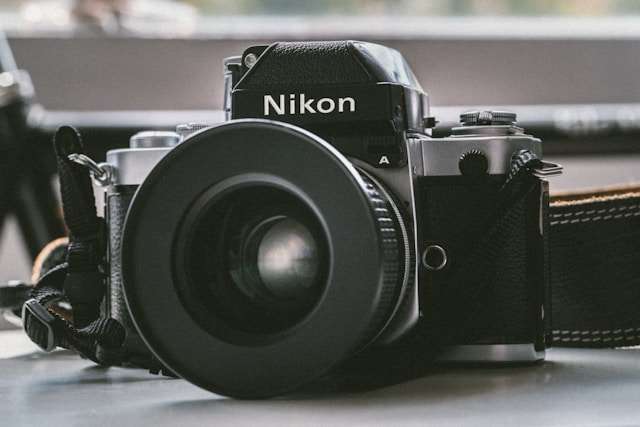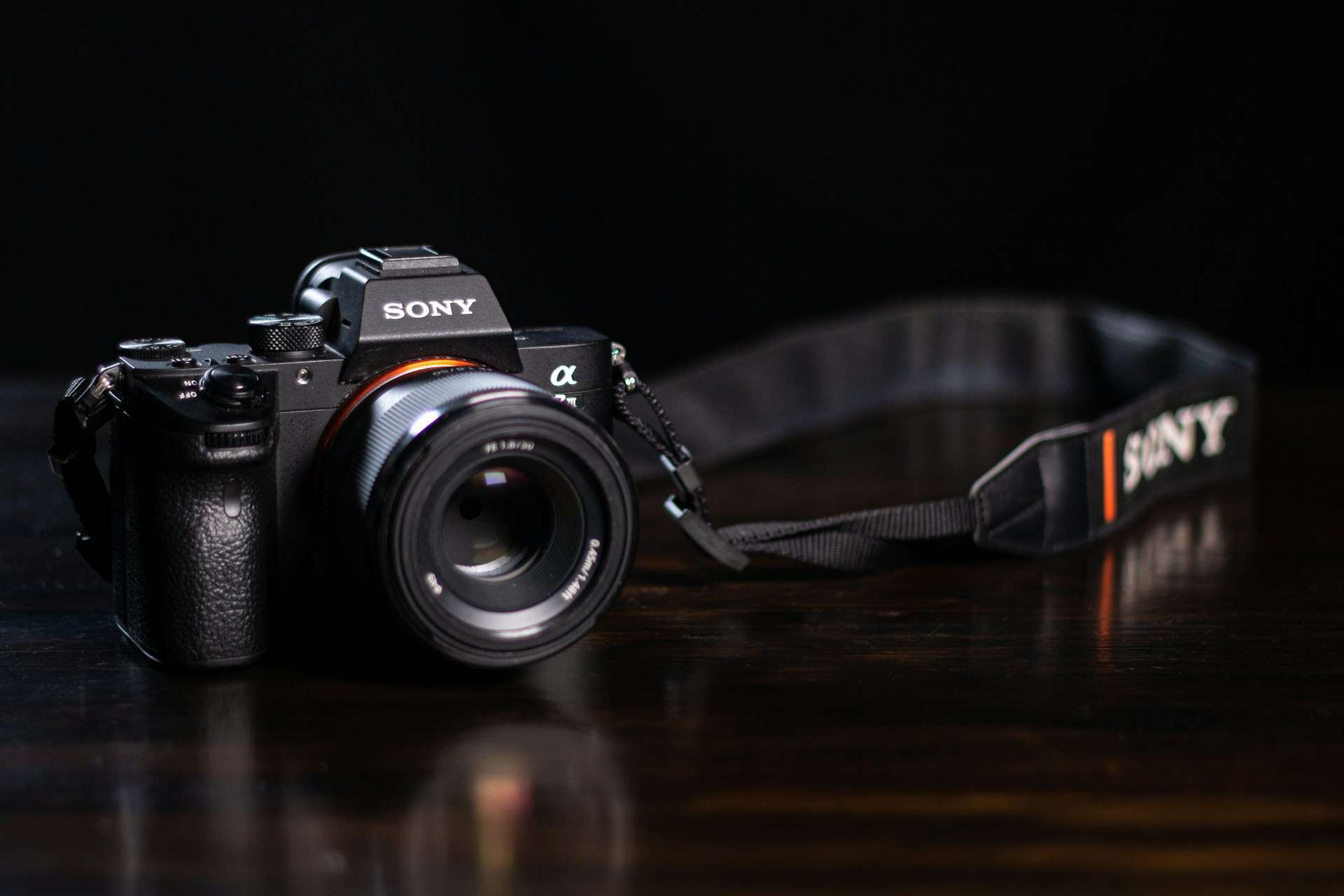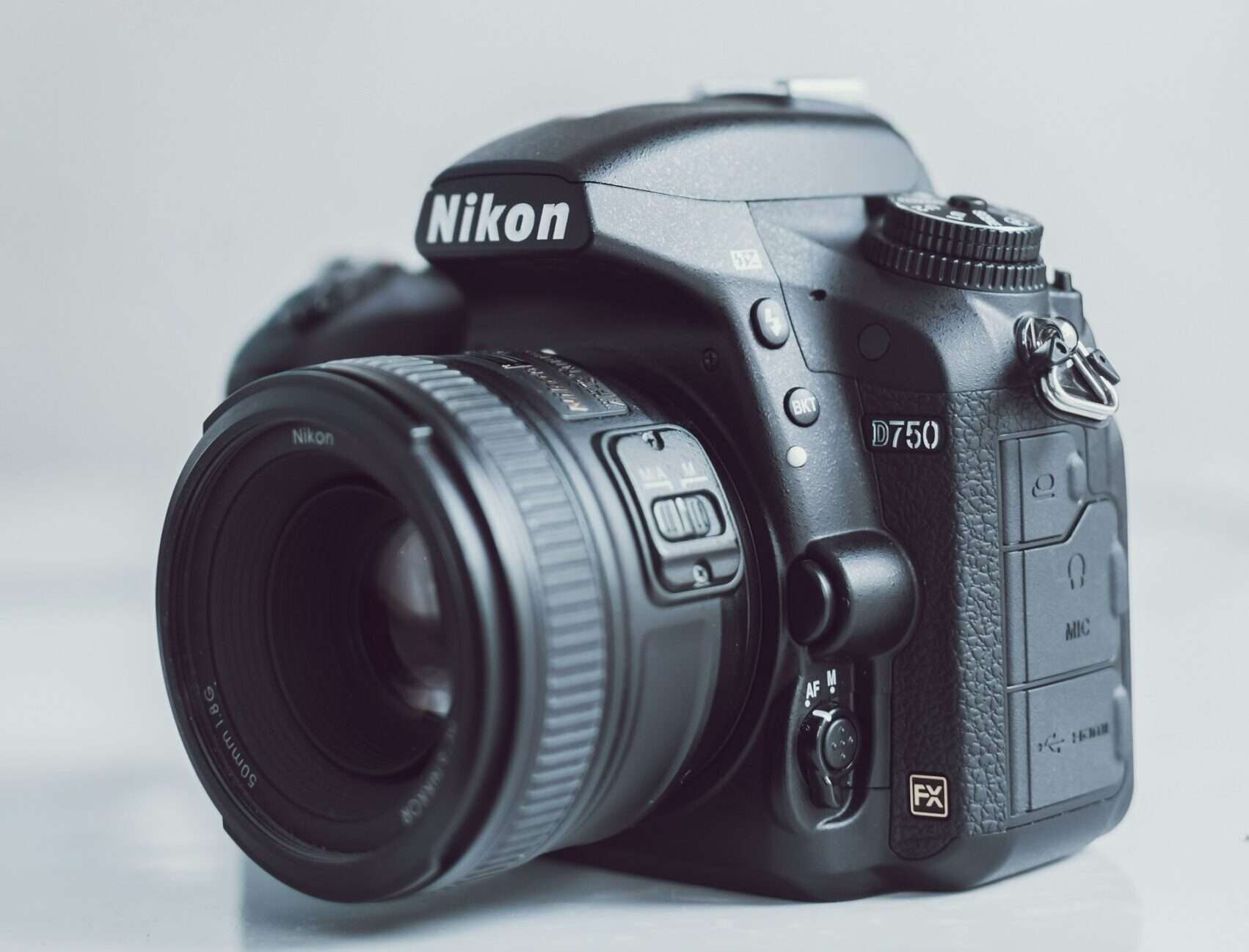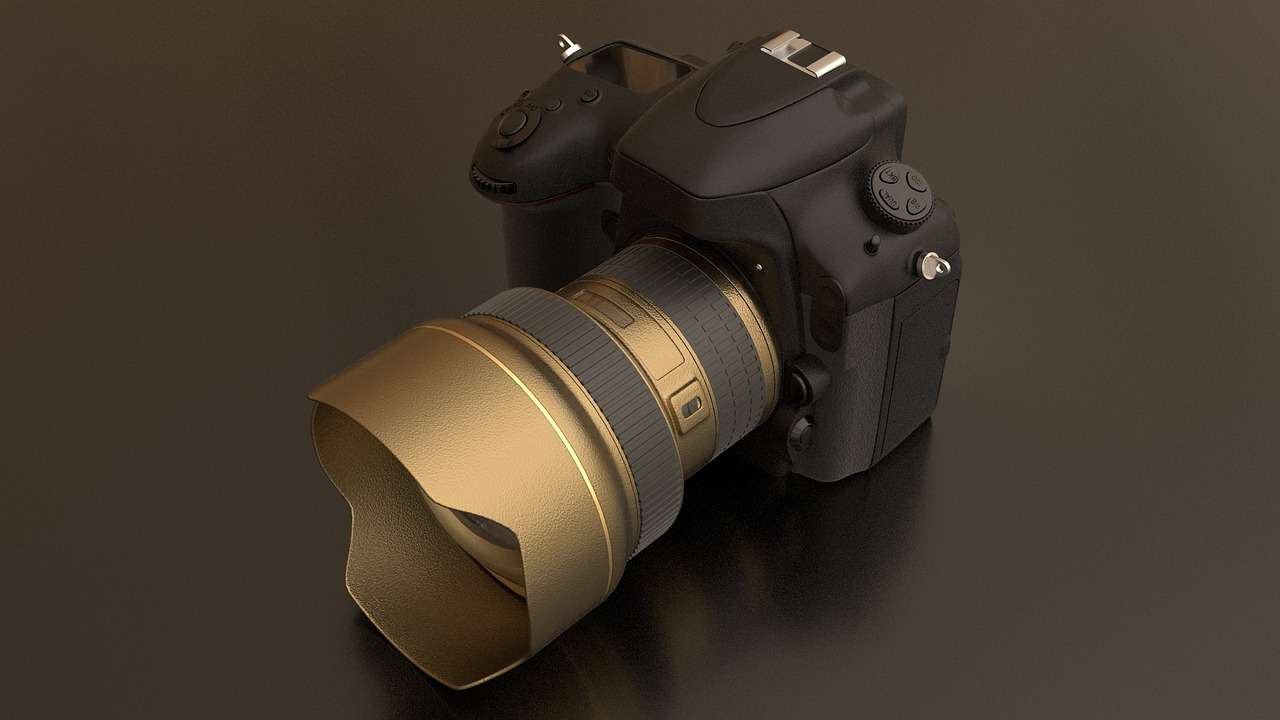Welcome to our comprehensive guide on how to turn on flash on Nikon camera. Whether you’re a professional photographer or a casual enthusiast, knowing how to utilize your camera’s flash effectively is essential for capturing stunning photographs in various lighting conditions. In this article, we’ll walk you through the step-by-step process of enabling the flash on your Nikon camera, along with some tips and tricks to enhance your photography skills.
Contents
Understanding Your Nikon Camera’s Flash Options
Before diving into the specifics of turning on the flash, it’s crucial to understand the different flash options available on your Nikon camera. Nikon cameras typically offer several flash modes, including Auto Flash, Fill Flash, Red-Eye Reduction, Slow Sync, and Rear-Curtain Sync. Each mode serves a distinct purpose and can be selected based on the shooting scenario and desired outcome.
Step-by-Step Guide to Turning On the Flash
1. Accessing the Flash Settings
To begin, power on your Nikon camera and navigate to the Menu button located on the camera body. From the menu, select the Flash Settings option, which is usually represented by a lightning bolt icon.
2. Selecting the Flash Mode
Once you’ve accessed the flash settings menu, you’ll be presented with various flash mode options. Choose the mode that best suits your shooting environment. For instance, if you’re shooting outdoors in bright sunlight, you may opt for the Fill Flash mode to balance the exposure of your subject.
3. Adjusting Flash Output
Some Nikon cameras allow you to adjust the flash output manually. This feature enables you to control the intensity of the flash, allowing for more precise exposure control. Experiment with different flash output settings to achieve the desired lighting effect in your photographs.
4. Testing the Flash
Before capturing your final shot, it’s advisable to test the flash to ensure it’s functioning correctly. Most Nikon cameras offer a test flash option within the flash settings menu. Select this option to trigger a test flash and verify that the flash fires as expected.
5. Capturing Your Photograph
Once you’ve configured the flash settings to your liking, you’re ready to capture your photograph. Frame your shot, focus on your subject, and press the shutter button to take the picture. The flash will illuminate the scene, resulting in a well-exposed photograph.
Tips for Using Flash Effectively
- Diffuse the Flash: Consider using a diffuser or bounce card to soften the harsh light produced by the flash, particularly when shooting portraits.
- Adjust White Balance: In certain lighting conditions, the flash may affect the color temperature of your images. Adjust the white balance settings on your camera to ensure accurate color reproduction.
- Avoid Overexposure: Be mindful of overexposing your subjects when using the flash. Adjust the flash output or exposure compensation as needed to prevent blown-out highlights.
- Experiment with Angles: Experiment with different angles and positions for the flash to achieve creative lighting effects and eliminate shadows.
Read Now: Nikon D5300 Lenses and Nikon D5300 Review
Advanced Flash Techniques
1. High-Speed Sync
High-Speed Sync (HSS) allows you to use your flash at shutter speeds faster than the camera’s sync speed. This feature is beneficial for capturing fast-moving subjects in bright ambient light while still maintaining proper exposure.
2. Off-Camera Flash
Utilizing off-camera flash provides greater flexibility and control over your lighting setup. Invest in wireless flash triggers or sync cables to trigger your flash remotely and experiment with creative lighting setups.
3. Flash Compensation
Flash compensation enables you to adjust the power output of your flash while maintaining the camera’s exposure settings. This feature is useful for fine-tuning the balance between ambient light and flash illumination.
Conclusion
Mastering the art of using flash photography can significantly enhance your Nikon camera’s capabilities and elevate the quality of your photographs. By following the step-by-step guide outlined in this article and implementing our tips for effective flash usage, you’ll be well-equipped to tackle various shooting scenarios with confidence.
FAQs about How to Turn On Flash on Nikon Camera
1. Can I use the flash on my Nikon camera in all lighting conditions?
Yes, you can use the flash on your Nikon camera in various lighting conditions. However, it’s essential to adjust the flash settings according to the specific lighting environment to achieve optimal results. In low-light situations, the flash can help illuminate your subject and provide adequate exposure. Conversely, in bright daylight, you may need to use techniques such as fill flash to balance the exposure and reduce harsh shadows.
2. How do I prevent red-eye when using the flash?
Red-eye occurs when the camera flash reflects off the subject’s retina, resulting in a red glow in the eyes. To minimize red-eye in your photographs, you can enable the Red-Eye Reduction mode available on most Nikon cameras. This mode emits a series of pre-flashes to constrict the subject’s pupils, reducing the likelihood of red-eye. Additionally, positioning the flash slightly off-center or using an external flash unit can help mitigate red-eye effects.
3. Can I adjust the intensity of the flash on my Nikon camera?
Yes, many Nikon cameras allow you to adjust the intensity of the flash output manually. This feature, known as Flash Output Compensation, enables you to increase or decrease the power of the flash to suit the specific lighting conditions and desired effect. By adjusting the flash output, you can control the brightness of your subject and achieve more balanced exposures.
4. How do I know if the flash is compatible with my Nikon camera model?
Nikon cameras are compatible with a wide range of external flash units, each designed to meet different photography needs. Before purchasing a flash unit for your Nikon camera, ensure compatibility by checking the camera’s specifications and the flash unit’s compatibility list provided by the manufacturer. Additionally, consider factors such as flash power, features, and compatibility with your camera’s TTL (Through-The-Lens) metering system for accurate exposure control.
5. What are some creative ways to use the flash in photography?
The flash can be a versatile tool for enhancing your creative photography skills. Some creative ways to use the flash include:
- Backlighting: Positioning the flash behind the subject to create a dramatic silhouette effect.
- Freeze Motion: Using the flash to freeze fast-moving subjects, such as water droplets or moving objects, by using a fast shutter speed.
- Fill Light: Using the flash to fill in shadows and balance the exposure in backlit scenes or high-contrast lighting conditions.
- Light Painting: Experimenting with long exposure and moving the flash to paint light onto the subject or scene creatively.
- Color Gels: Adding color gels to the flash to create mood and atmosphere in your photographs.
By exploring these creative techniques, you can elevate your photography skills and produce captivating images using the flash on your Nikon camera.
Read Now: How to Turn on Bluetooth on Nikon D3400 and Best Nikon D3400 Lenses




